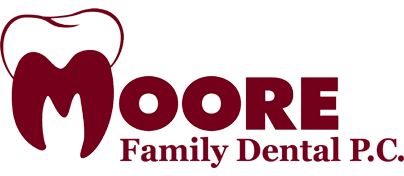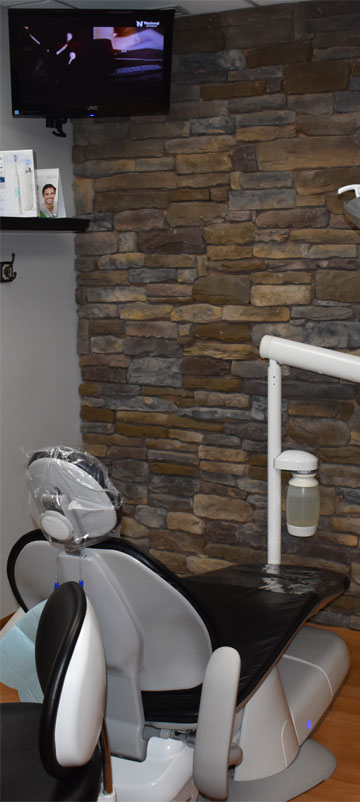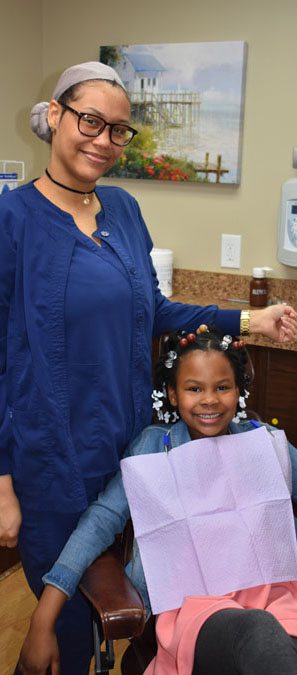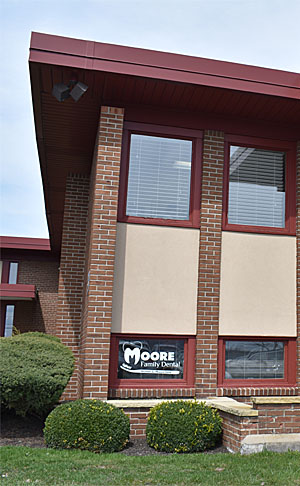 For anyone considering orthodontic work, cost can be a determining factor. This price of teeth straightening alternatives typically depends on the severity of your dental condition (overbite, underbite, wide spacing, crossbite, etc), how long your treatment will last, and your location. As with most medical procedures, a qualified doctor will need to evaluate your specific dental needs to determine the cost of Invisalign. In most situations, Invisaign is equivalent to the cost of traditional braces. On the low-end it may cost around $3,500. The national average is around $5,000.
For anyone considering orthodontic work, cost can be a determining factor. This price of teeth straightening alternatives typically depends on the severity of your dental condition (overbite, underbite, wide spacing, crossbite, etc), how long your treatment will last, and your location. As with most medical procedures, a qualified doctor will need to evaluate your specific dental needs to determine the cost of Invisalign. In most situations, Invisaign is equivalent to the cost of traditional braces. On the low-end it may cost around $3,500. The national average is around $5,000.
Insurance and Flexible Spending Accounts
Since many dental insurance plans cover orthodontic treatments including Invisalign, you should first contact your insurance provider to clarify the amount of your coverage. Usually there is a deductible amount which needs to be met prior to insurance covering a portion (or all) of the balance. If you are planning in advance, you may be able to increase the amount of your dental coverage or decrease your deductible at open enrollment. Check with your benefits administrator for details about your dental options and dates for open enrollment. This would be an ideal way to schedule and pay for your Invisalign treatment.
If you don’t have dental insurance or it doesn’t cover orthodontic treatment, Flexible Spending Accounts (FSAs) are a great way to leverage pre-tax earnings to pay for Invisalign. By simply allocating a specific amount of each paycheck towards your medical expenses, you can save for your orthodontic work as well as other medical expenses. You would need to check with your benefits administrator for your company’s FSA coverage options and enrollment guidelines.
If neither dental insurance nor FSA are an option, check with your preferred Invisalign provider. Often times, doctors are willing to extend a line of credit for patients to make monthly payments. Since many of these plans require no down payment or interest, this is another great payment option for Invisalign. Additionally, you may inquire about combining this option to cover any unpaid amount from dental insurance or your FSA.
A simple self-assessment and a conversation with your dentist can help you to determine if Invisalign is right for you. Thorough planning will assist you with finding the best financial options available to save you money on your Invisalign treatment. Dr. Michael Moore is a certified Invisalign provider in the Buffalo area and would be happy to discuss your questions and concerns.



